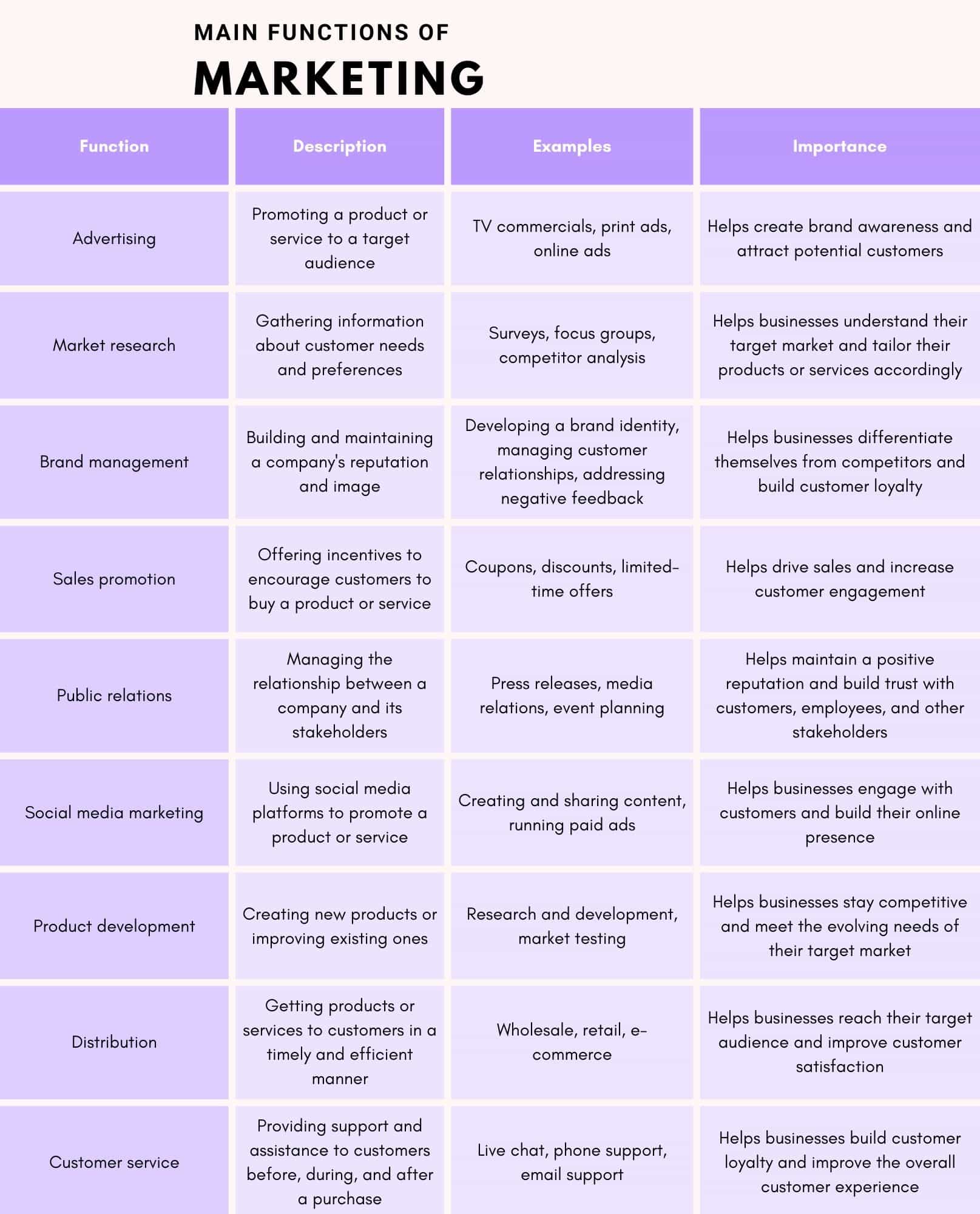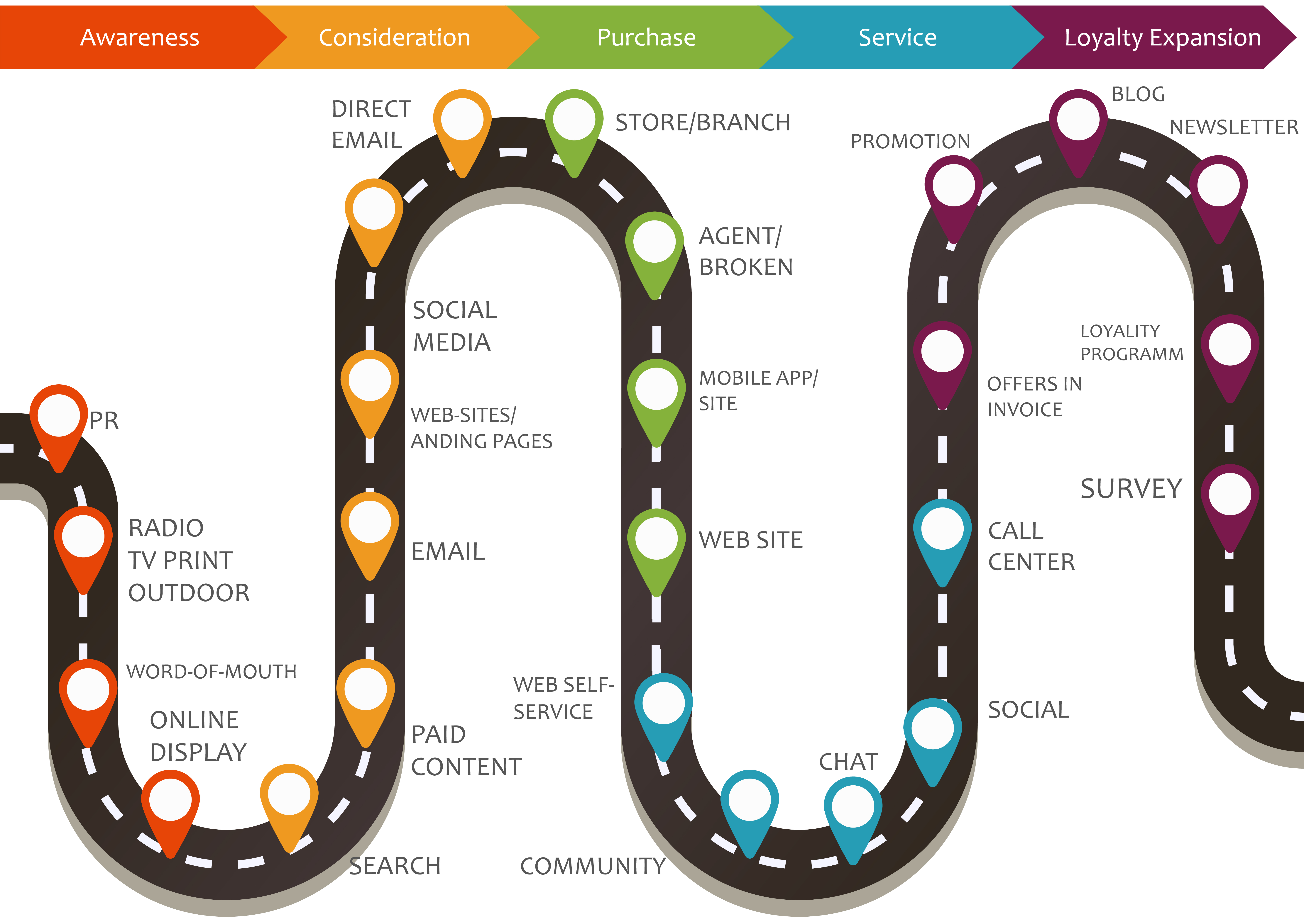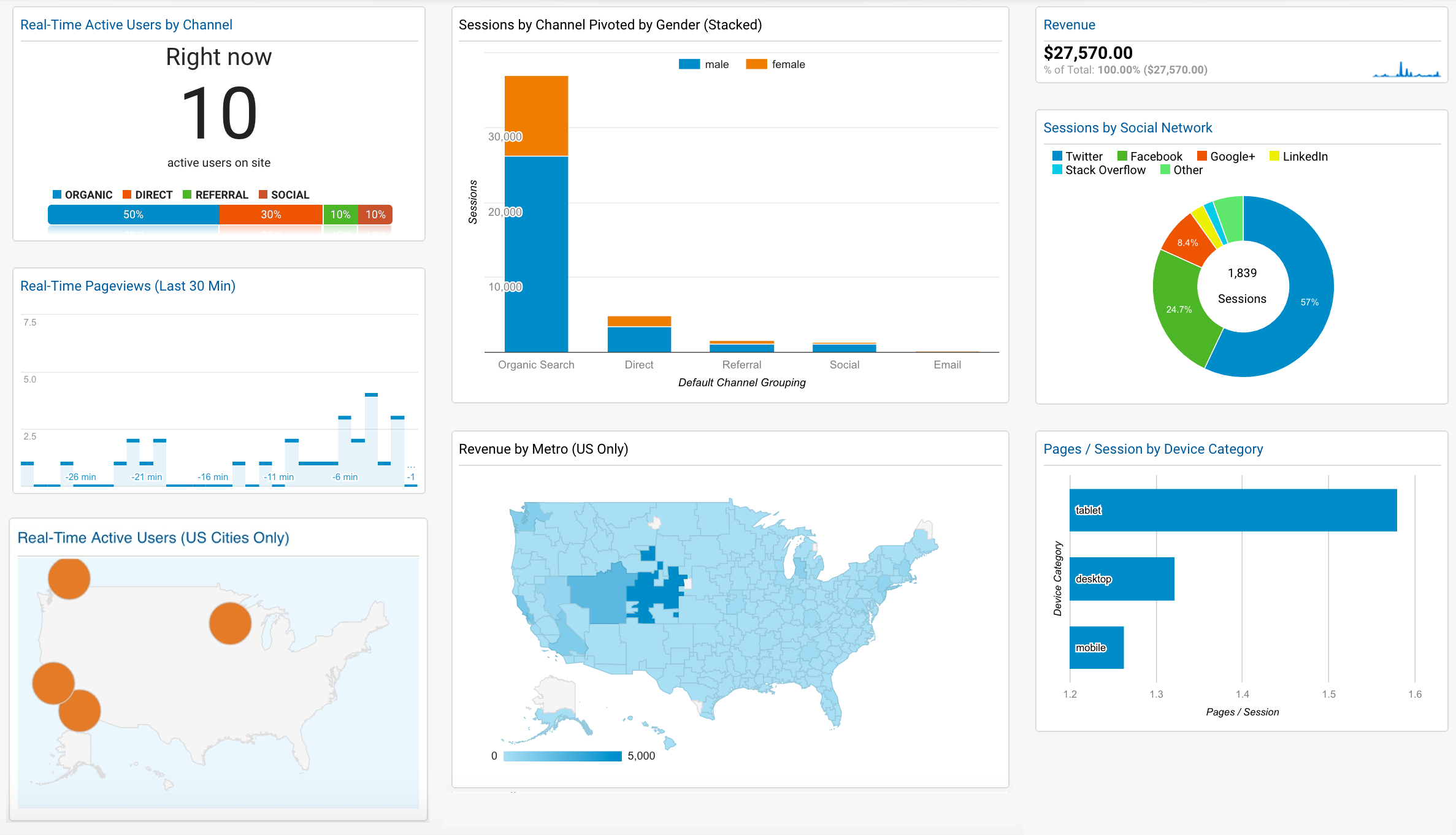"Marketing is the delivery of customer satisfaction at a profit."
- Peter Drucker
"What business are you really in?" When a confused organization poses this question to marketing guru Theodore Levitt, his response is piercing in its simplicity - "You are in the customer satisfaction business." At its very core, marketing revolves around understanding customers so profoundly that you make them feel seen.
Yet, the marketing landscape today is far more complex than catchy slogans and flashy ads. Modern marketing is equal parts art and science - blending analytical rigor with creative flair, strategic insights with tactical execution. In this essay, I will unpack the diverse functions orchestrated by marketing teams to fuel exceptional customer experiences and drive business success.

The Starting Line: Defining Your Target Audience
"If you try to please everyone, you please no one." Finding your niche begins with intimately understanding who you want to serve. Marketing legend Seth Godin advocates zeroing in on the smallest viable audience - your smallest possible viable market. This sharp focus guides you to tailor strategies to effectively attract, engage and delight those core customers.

Gathering granular insights on audience demographics, behaviors, values and motivations allows you to craft tailored experiences. Ethnographic research, surveys, interviews and data analysis reveal what makes your best customers tick. Dividing people into subgroups based on common characteristics enables more relevance. Marketing consultant Marty Neumeier suggests, "You can't do mass marketing to a niche." Thus, selectivity is key. Evaluating the viability of subgroups guides you to focus efforts on your most promising targets.
Getting the audience definition right provides a solid foundation. The more deeply you connect with who they are and what they care about, the more your brand and messaging will resonate.
Crafting a Value Proposition That Sells Itself
Once you intimately understand your audience, the next puzzle is conveying why they should care. Enter the value proposition - your brand's promise of value to customers. An effective value proposition communicates the specific benefits audiences get from your solution. Business guru Alex Osterwalder advocates keeping it simple and drilling down on the key elements of value. The finest value propositions quantify dollars saved, hours recovered, or extra income enabled by using your product over the competition. They spotlight emotional impacts - the feelings evoked or problems allayed through your solution.

The litmus tests for value proposition fitness are:
- Does it highlight our points of differentiation and competitive advantage?
- Is it laser-focused on matching target audience needs uncovered through research?
- Is it tuned to adapt to evolving market dynamics?
Get your value proposition right, and you have a magnet that pulls customers to you over rivals.
Forging an Enduring Brand Connection
An organization's brand exists in the hearts, minds and conversations of its customers. It shapes how people perceive your business at every touchpoint. Branding legend David Aaker emphasizes that a brand is much more than just a logo or tagline - it represents the cumulative experience people have with your business across multiple interactions.

Thus, effective brand building requires coherence and consistency across all dimensions of the customer journey - from visual identity and tone of voice to the feelings evoked by marketing campaigns and the product itself. It demands crystal clarity on brand purpose and personality from the inside-out, before it can resonate externally.

Leading brands connect with their core audience at a deeper emotional level to foster loyalty. They infuse meaning through powerful stories that tap into customer aspirations. Over time, these compounding positive exposures build familiarity and goodwill. Research shows that familiar brands are preferred, while likeable ones get forgiven easier for slip-ups. Thus, beyond economic incentives alone, brands provide crucial psychological value.
The flywheel effect of awareness and affinity propels exceptional brands to iconic status that withstands fierce competition. Craft the core elements of identity and experience thoughtfully, communicate coherently across touchpoints, deliver consistently on your promise - that's the formula for transcendent brands.
Messages That Mould Mindsets and Choices
Compelling messaging brings your brand to life and sways decisions in your favor. Marketing messaging frames how you want audiences to perceive your solution to assure them it aligns with their interests and appeals to their emotions. The most effective copy resolves doubts and questions lingering in customers' minds that prevent them from adopting your solution.

Thus, razor-sharp messaging demands clarity on customer psychology - their desires and fears related to the problem you solve. It requires insight on barriers holding them back from purchasing so you can address objections head on and reduce friction. Importantly, it necessitates understanding decision motivators - the triggers that tilt audiences to say yes.
Armed with these insights, marketing teams devise core frameworks for positioning the brand across key phases of the customer journey to spur favorable outcomes. This forms the blueprint for messaging everything from ads to website copy to sales presentations. Iteratively polishing language and content till it resonates is vital to sticking persuasive landing pages, product demos and more. Testing message variations with target groups guides optimizations for maximizing conversions.
Getting messaging right promises rich dividends - more prospects nudged to transact, positive word-of-mouth Spread, lower acquisition costs and higher lifetime value. But it requires dedication to go beyond guesswork into precisely diagnosing and addressing customer needs.
Choosing The Optimal Marketing Channels

The digital age confronts marketers with a confounding array of channels to interact with audiences. Proliferating options spanning search, social, mobile, video, streaming and more ensure customers are scattered across platforms. Yet relevance today demands meeting your audience where they already spend time.
Thus marketing teams need to continually investigate preferred channels per target cohort - desktop vs mobile, Facebook vs TikTok, media partnerships vs influencers - and focus efforts accordingly.
With clearer customer channel habits, marketers can better evaluate the unique reach, costs and capabilities each platform offers to map strategies. Being able to quantify and compare the return from alternative media guides more efficient spending. An agile approach allowing swift resources shifts from poorer to better performing avenues is prudent.
In today's complex buying journeys spanning digital and physical interactions across devices, coordinating integrated campaigns across owned, earned and paid media is vital to drive conversions. Consistent messaging and synergistic strategies across channels cultivate awareness and trust to propel audiences towards desired actions.
Omnichannel marketing - synchronized communications tailored for each medium while retaining brand coherence - promises the best returns from multiplied touchpoints.
Transforming Interest Into Revenue
Between initial prospect discovery and final sales conversion lie obstacles rooted in buyer psychology that necessitate savvy steering. Friction points ranging from forgetfulness to analysis paralysis can derail promising leads. That's where marketing meets sales to usher customers across the finish line.

Calls-to-action compelling audiences to engage further, lead capture mechanisms like downloads, personalized lead nurturing and remarketing all play crucial roles in warming upcold prospects. Customer relationship management (CRM) systems enable capturing rich behavioral signals to gauge buyer stage and intent. Responsive tools like marketing automation orchestrate relevant communications matched to individual customer needs for the highest conversion rates.
The baton pass from marketing tailored content to sales personalized outreach requires harmony between the functions. Removing process pain points through shared workflows and systems unifies experiences for both customers and internal teams. Cross-departmental coordination focused on maximizing value realization for carefully defined targets promises the best results.
Customer Relationships That Stand The Test Of Time
The long run winners in business hinge on locking in customer loyalty beyond initial purchases. With the high cost of winning new customers, retaining existing ones has an order-of-magnitude more profit upside. Even minor improvements in retention rates yield exponential lifetime value gains.

Building durable relationships demands knowing your customers better over time through solicited feedback and careful intelligence gathering. Proactively addressing emerging needs with relevant education, promotions and community engagement counteracts inertia and attrition. Customer segmentation helps match appropriate retention interventions - focused incentivization of at-risk subgroups, personalized winback campaigns for defectors etc. Monitoring metrics like repeat purchase rates and projected churn informs required corrective actions across the customer lifecycle.
Getting retention right trains the sights far beyond short term sales towards establishing enduring client partnerships.
Optimizing Performance Through Disciplined Measurement

No marketing function today can escape accountability for business impact. Quantifying outcomes and optimizing activities through rigorous testing has become integral to marketing. Defining key performance indicators aligned tightly to objectives provides unambiguous feedback on what works. Progressively more sophisticated technology solutions for capturing online and offline data fuel increasingly precise measurement. Statistical methods distill signal from noise to direct improvement efforts.
Nevertheless, math can only complement but not replace human creativity and judgement. As marketing expert Faris Yakob reminds us, no amount of data substitutes the unfathomable complexity of human behavior and motivation. A combination of quantitative proof and qualitative empathy guides the best marketing decisions.
Coordinated Campaigns That Tip The Scales
The orchestration of synchronized cross-channel activities - integrated campaigns - represents the full firepower marketing leaders can deploy towards strategic goals. Meticulously mapped customer journeys reveal key phases most receptive to tailored interventions through specific media formats. Brainstorming creative concepts and assets across online to offline channels that offer tailored value and frictionlessly usher audiences across touchpoints promises greater persuasion. Allocating budget and resources across campaign elements proportional to their influence caps off a thoughtful approach for maximum effectiveness.

But, in a dynamic world, even the best laid marketing plans adapt along the way. Continuously tracking performance on key metrics and iterating rapidly allows winning campaigns to build momentum. Through their multifaceted campaigns, marketing teams tip customer experiences from good-enough to exceptional - a compounding effect that accelerates advocacy and revenue.
The Heart Of The Marketing Machine
Modern marketing teams have expansive mandates spanning commercial success and brand building. Yet, their main fuel is still understanding people at a deep level to create moments of consumer delight. Modern marketing tools, like using data and having different platforms, are important for keeping customers loyal and growing the business.
Peter Drucker captures marketing's purpose with piercing clarity: "The aim of marketing is to make selling superfluous. The aim is to know and understand the customer so well that the product fits him and sells itself." Do that well, and everything else follows.
FAQ
What are the key functions of an effective marketing team?
Marketing teams today orchestrate a sophisticated range of specialties spanning analytics, creative, and technology to fuel business success. Core marketing functions include understanding audience needs, shaping differentiated brand messaging, selecting optimal channels, generating leads across touchpoints, driving sales growth and nurturing lasting customer loyalty. Operating as a hub that provides structure and oversight to diverse efforts allows marketing to coordinate impactful campaigns that deliver ROI.
Why is defining your target audience the starting point for marketing strategies?
In an increasingly crowded marketplace, the companies most likely to break through the noise are those with absolute clarity on who they create value for. Precisely defining the characteristics of your best-fit customer base guides more relevant brand positioning and tailored engagement across channels. Developing audience intimacy further allows you to anticipate needs to serve them better over time, driving organic growth through word-of-mouth and referrals.
What elements should an effective brand messaging strategy include?
Impactful brand messaging requires understanding customer psychology - their desires, objections and decision motivators related to your offering. Core frameworks that convey your value proposition across the buyer's journey can then address doubts to accelerate conversions. Multi-channel campaigns sustain messaging resonance through harmonized touchpoints matched to each stage. Content personalized to individual context keeps engagement relevant even at scale. Continually testing content variations and optimizing based on performance data completes the feedback loop.
Why has developing a strong value proposition become so critical today?
Rising product parity and abundant information access have made it harder for brands to stand apart for functional benefits alone. Crafting a value proposition grounded in deep audience empathy promises differentiation. Highlighting emotional and social impacts beyond features conveys authentic purpose. Quantifying tangible outcomes builds trust. And focusing on your most underserved customer pain points guides innovation priorities to deliver ever-higher experiential delight.
What are the hallmarks of today's most enduring brands?
Leading brands form lasting connections by excelling at experience curation across interactions. They have clarity of purpose centered on improving people’s lives in areas that matter most. Their narratives spark aspiration by interweaving functional utility with shared ideals and identity. They deliver coherent experiences via ecosystems of products and services that ease friction points. And they sustain trust through accountability, transparency and human care.
Why should marketing teams care about optimizing customer retention?
Attracting new customers demands huge upfront investments, making retention far more profitable over time. Just 5% better retention can increase long-run profits by 25% to 95%. Successful retention stems from continually delighting customers by addressing evolving needs better than competitors can. Deepening engagement via relevant education, community building and proactive support counters inertia and attrition. Segmented outreach to nurture different lifecycle stages further boosts lifetime value.
How can marketing attribution guide budget allocation across channels?
Marketing mix decisions can be better optimized by quantifying the customer journey across digital and offline channels. Attribution links media exposures to micro-conversions culminating in sales to reveal influence proportions. Seeing the customer perspective provides channel efficiencies unclouded by internal organization. Data often reveals undervalued platforms like referrals and overvalued ones like display ads. Rationalizing spend to returns promises betterresults.
What skills help marketing analysts excel despite business complexity?
Despite sophisticated measurement capabilities, quantitative intuition needs blending with qualitative discernment to drive sound marketing. Wisdom to probe beyond observed behaviors and ask “why” reveals true motivations. Empathy and logic help strike the right tone across customer segments despite variability. Storytelling skills bring data alive to rally coordinated action. And leadership experience guides optimal resource allocation for maximum impact.
How should campaigns balance creative ingenuity with process rigor?
Breakthrough marketing campaigns tend to marry structure with inventiveness. Audience jobs-to-be-done and media channel capabilities provide constraints to innovate within. Persona-specific journey mapping reveals key moments for intervention impact. Ideation blends consumer insights with digital possibilities for distinctive concepts. Agile iteration then refines ideas informed by data till resonance is achieved. Blending analytics, creativity and technology begets marketing that delivers exponential returns.
Why does marketing success require cross-functional coordination?
Orchestrating seamless customer experiences demands smooth collaboration across teams. Technology, analytics and creative specialists need to synchronize with customer-facing roles in sales and service. Enabling easy data sharing and transparency on unified goals helps strike the right balance between consistency and customization, even at scale. More broadly, synchronizing innovation priorities, financial goal-setting and capability building with the overall corporate vision ensures marketing positively reinforces organizational culture.






